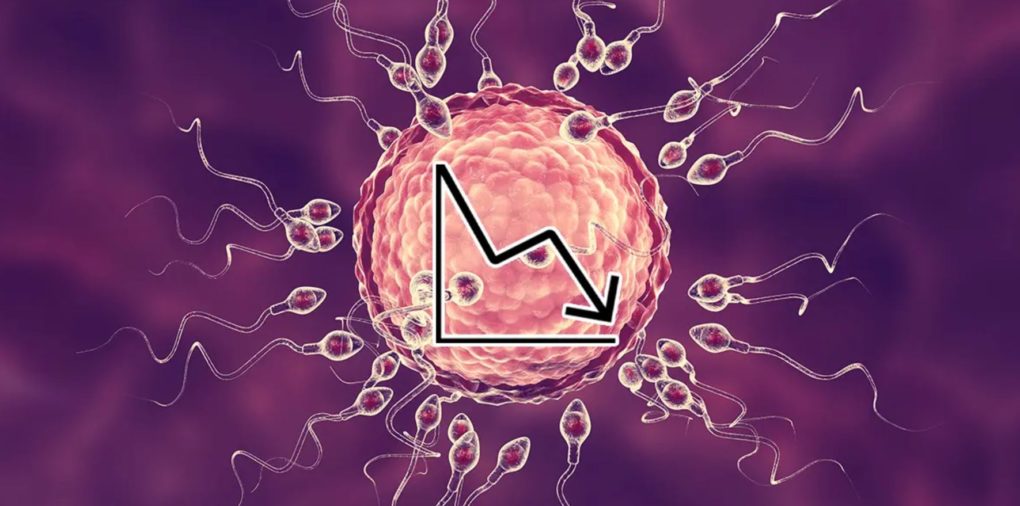Declining Fertility Rates In The Next 50 Years Can Lead To A Reorganization Of Society As We Know It
 By Mayukh Saha
By Mayukh Saha
Global fertility rates are undergoing some massive changes as we witness an unprecedented decline. Researchers are of the opinion that such a decline could lead to “enormous social change”. Changes in reproductive health policies will also be imminent.
Declining Fertility Rates
Fertility rate is the average number of children a woman bears. When this average goes below 2.1, there is a decline in population.
Researchers from the Institute for Health Metrics, University of Washington, mentioned that the global fertility rate was around 2.4 back in 2017. This is almost half of the 1950 figure of 4.7 children. The researchers worry that the 2017 figures indicate an average of 1.7 by the year 2100.
Widget not in any sidebars
This research was published in Lancet. It predicts the human population to rise to around 9.7 billion by 2064. Then there will be a drop to 8.8 billion by 2100. They believe better access to contraception and continued education efforts are contributing to this population trend.
Global Trends
They expect India to take over China as the most populous nation. The prediction for China is that its population will peak at 1.4 billion and then be halved by 2100. Japan’s population of 128 million in 2017 is expected to decline to around 53 million by the end of the century. During this same period, Italy will witness a decline from 61 million to 29 million. The United Kingdom will peak at 75 million in 2063, and fall to 71 million by 2100.
Christopher Murray, one of the co-authors, mentioned that such a drastic change would imply massive transformation for human society. The researchers believe this drop in the fertility rates of countries like India and China will have immense social, environmental, geopolitical, and economic consequences. They would have to restructure policies to accommodate the declining fertility rate and also have to improve the reproductive health of women. While fewer children will be born, adults will live longer lives.
The figure for children less than 5 years old will go from 681 million in 2017 to 401 million in 2100. On the other hand, the number of people 80 years old will see a rise from 141 million to 866 million. This will create some problems as fewer people contribute to the economy while more spending will be needed to care for the elderly. Murray says people are still not aware of the impact this current trend can have. He said, “If you can’t [find a solution] then eventually the species disappears, but that’s a few centuries away.”
Source: Truth Theory
Hey! Message me. I am Mayukh. I help people and websites with content, videos, design, and social media management. I am an avid traveler and I started living as a digital nomad in Europe since 2019. I am currently working on www.noetbook.com – a creative media company. You can reach out to me anytime: justmayukh@gmail.
Image featured: Kateryna Kon
FREE PDF: 10 Best Books To Survive Food Shortages & Famines



